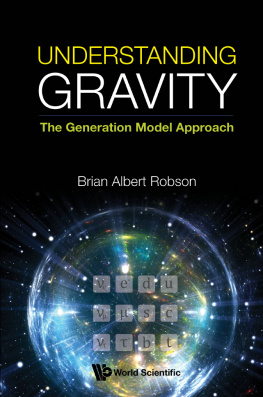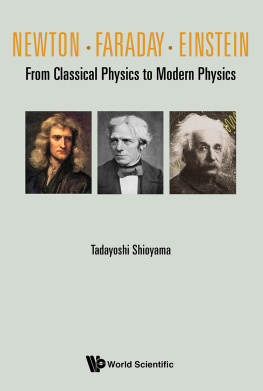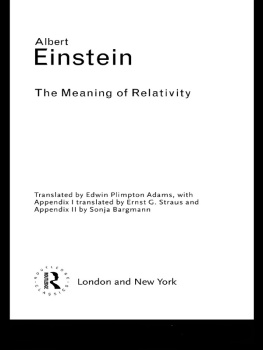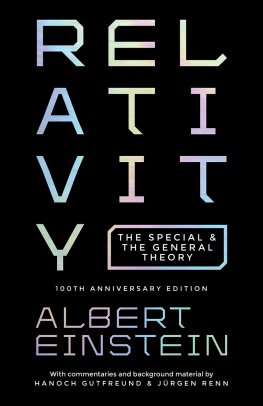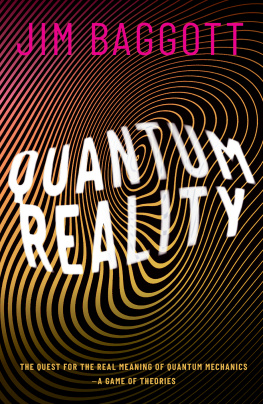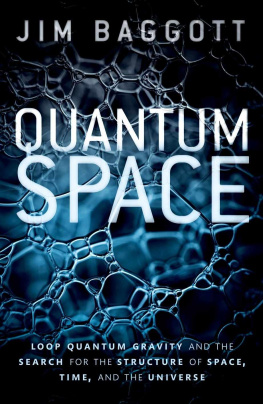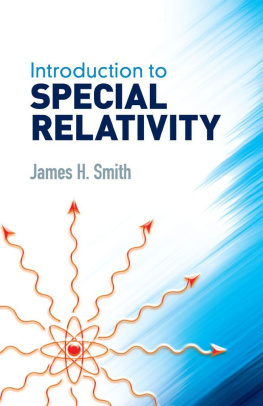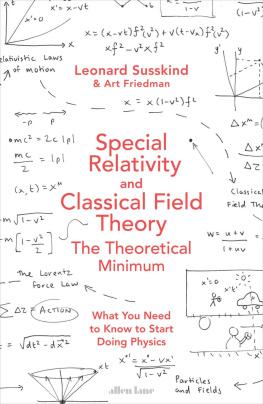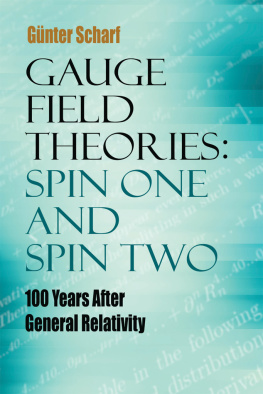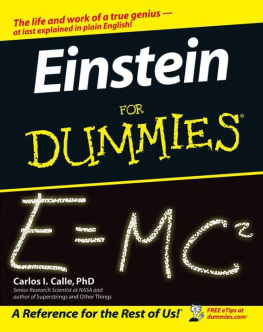Filling the Hole in Physics
Could a new approach lead to the fabled theory of everything?
Dagapal
First published by
Michael Terence Publishing in 2020
www.mtp.agency
Copyright 2020 Dagapal
Dagapal has asserted the right to be identified as
the author of this work in accordance with the
Copyright, Designs and Patents Act 1988
ISBN 9781913653507
No part of this publication may be reproduced, stored
in a retrieval system, or transmitted, in any form or
by any means, electronic, mechanical, photocopying,
recording or otherwise, without the prior
permission of the publisher
Cover image
Copyright Convisum
www.123rf.com
Cover design
Copyright 2020 Michael Terence Publishing
This book is dedicated to G, O, J, and L.
May you find as much pleasure in science as I have.
Contents
Index
INTRODUCTION
I am an ordinary person with an extraordinary idea.
It is normal at the beginning of non-fiction book such as this to introduce the authors and their CV to establish their credentials and convince the reader of their authority in the subject they have chosen to discuss. I am very deliberately not doing that. I am prepared to say that I believe I have sufficient depth of knowledge to understand the subject and to back up, should I need to, the more complex arguments. I could be male or female, young or old. I could be an academic or a simple amateur layperson. I leave the reader to decide.
My reason for this reticence is that I wish the reader, whether academic or layperson, to concentrate entirely on the message and not the messenger. There are two possible scenarios for the theories outlined in this book; theories that fly in the face of mainstream physics. The first is that they are right. No problem if the book is by an academic physicist, but the trolls and guardians of any current research affected will attack the credibility of a non-academic author, the messenger, relentlessly. The second scenario, and the one that you would argue by far the most likely, is that the theories are wrong; they have, unbeknown to me, a fatal flaw. In this case the reverse is true, That is no issue for the gifted amateur author with no reputation to uphold, but the professional who puts his head above the parapet to support a theory subsequently proved to be crackpot will have destroyed his career.
Physics academia does not in general support blue-sky thinking where that may conflict with the establishment. Much has been written about shuddup and calculate and whether that is a reasonable approach to physics research, but any student who fails to follow that approach will soon find themselves put back on the rails by their professor.
The upshot is that I am asking you to believe that I understand the theories and models that underpin modern physics: quantum mechanics and the Standard Model of particle physics, the mathematical model that describes the behaviour of subatomic particles and, therefore, the atom; and the two relativity theories of Albert Einstein (1879-1955). Despite their weirdness, there is no doubting the mathematics of any of these theories; they are unquestionably correct. Any errors would have shown up years ago. I have, however, closely examined the rules and constants and their derivations, as it seemed to me that, where rules and constants are interpreted from experiment rather than determined from first principles, there might be room for debate, and other explanations mig h t emerge. These explanations would also, of course, need to satisfy mathematical examination and the experimental evidence.
Quantum mechanics, with its apparent ability to allow particles to be in more than one place at a time, create particles with energy but no mass and transfer information instantly over great distances, is very counter-intuitive.
Equally perplexing are the theories of special and general relativity. The ideas that time is not fundamental and that space is somehow distorted and curved, and even that energy and mass are interchangeable as described by Einstein, are also counter-intuitive. But both the experimental results and mathematics predict, and seem to prove, that it is indeed the case.
There is, however, a problem. Despite the accuracy of the mathematics, these two superb sets of theories simply do not agree. Quantum mechanics and the Standard Model give wonderfully accurate predictions at the subatomic scale but do not work at cosmic scales, where gravity is the driver. Similarly, general relativity works very well at cosmic levels, but cannot be scaled down to work for subatomic interactions.
The result of this dichotomy is that, like many before me, I have become perplexed and sceptical. Not of the current theories per se, but of their weirdness and the abandonment of classical physics. I cannot believe, like both Einstein and Erwin Schrdinger (1887-1961), one of the original architects of quantum theory, in the concept of the lack of realism in quantum mechanics. I also find the idea that space is somehow curved and that time is not fundamental, as described by Einsteins relativity, as just a bit too weird to be right. I believe there that there must be an underlying structure that will remove all the weirdness and explain all the apparent dichotomies in classical terms. That is behaviour that can be explained by one set of rules in both the micro- and the macro-world.
To understand either relativity or quantum mechanics we are required to park our intuition but not our logic. The difference is subtle but real. As an illustration, think of the problem of reversing an articulated vehicle or a car with trailer. To back around a corner, you must turn the wheel the opposite way to the way you would without the trailer. This is totally counter-intuitive. A driver who has never driven an articulated vehicle will get it wrong. However, a fairly simple calculation of the forces involved will show that the way the trailer behaves is perfectly logical. I believe that not only are the modern physics theories counter-intuitive, but that their failure to satisfy the major anomalies is illogical.
So, if you do not like the current theories then there are two processes you must follow. One is a real in-depth examination of the reasons why you think the current theories might be wrong or need adjustment, and either correct or completely abandon. Or two, replace with a correct theory of your own. There are several very good books on the subject of the well-known discrepancies between the various physics theories. Perhaps the best known is by Lee Smolin (1955-), entitled The Trouble with Physics . The major anomaly is worth stating again. Modern physics is based on a trinity: the three great theories of special relativity, general relativity and quantum mechanics leading to the Standard Model of the atom. Special relativity naturally leads with relentless logic to general relativity. Special relativity is also a primary input into quantum mechanics and the Standard Model. The mathematics is, again, compelling. So, you would expect there to be a correlation between general relativity and the Standard Model, but there is not! The difference is impossible to explain or bridge.
Starting with special relativity there are two very famous equations. The first equation looks like this
where



